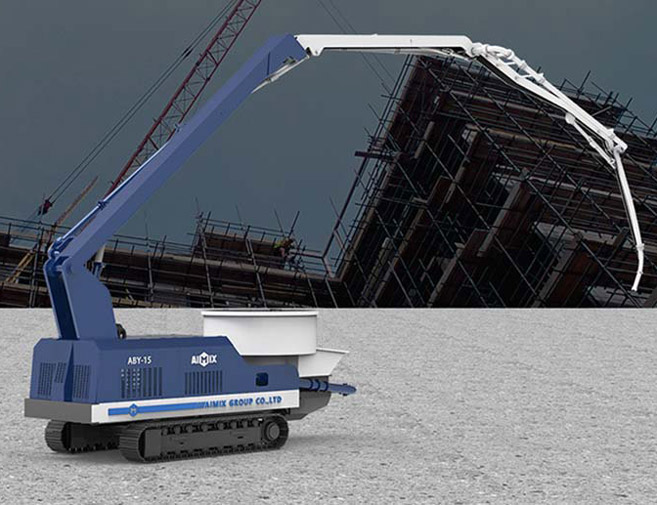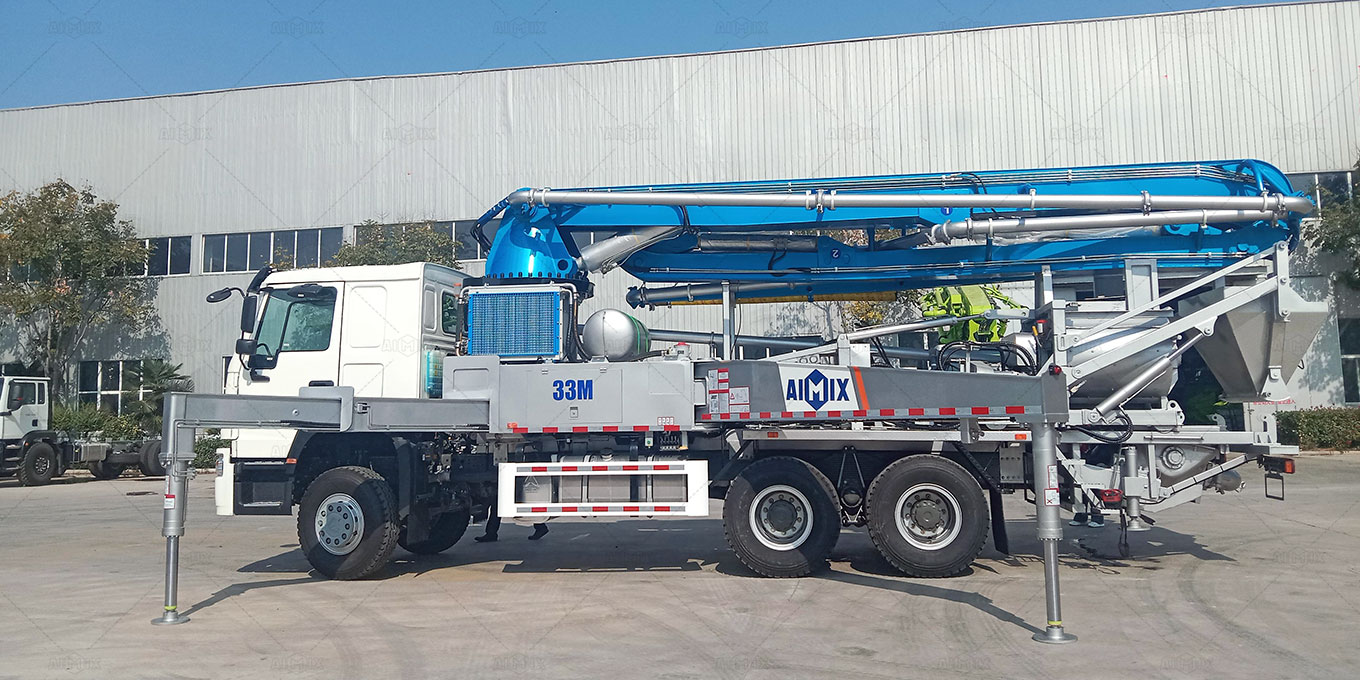Concrete, the ubiquitous material that forms the backbone of modern construction, owes much of its versatility and utility to advancements in placement techniques. Among these, concrete pump systems stand out as a revolutionary method, enabling the efficient and precise delivery of concrete to even the most challenging locations. This guide delves into the essentials of concrete pump systems, offering insights into their types, operational mechanics, and key benefits.
The use of concrete pumps has transformed construction practices, minimizing labor and time while enhancing the quality and consistency of the final product. Whether you are a seasoned contractor or a novice builder, understanding these systems can significantly impact your project’s success. This article elucidates the various facets of concrete pump systems, ensuring you are well-equipped to make informed decisions.
1. Types of Concrete Pump Systems
1.1 Boom Pumps
Boom pumps are renowned for their versatility and reach. These systems utilize a robotic arm, known as a boom, to accurately place concrete at great distances and heights. The boom’s articulation allows it to maneuver around obstacles, making the concrete boom pump ideal for large-scale projects such as high-rise buildings, bridges, and expansive commercial sites. The ability to reach inaccessible areas without the need for scaffolding or cranes significantly enhances efficiency and safety on the construction site.

1.2 Line Pumps
Line pumps, also referred to as concrete trailer pumps, are preferred for their portability and adaptability. These systems use flexible hoses or rigid pipes to transport concrete to the desired location. Line pumps are suitable for smaller projects such as residential construction, sidewalks, and swimming pools. Their ability to navigate through narrow spaces and around obstacles makes them invaluable for intricate layouts and complex job sites. Despite their lower reach compared to boom pumps, line pumps offer unmatched precision in placement.
2. Operational Mechanics of Concrete Pumps
2.1 Pumping Mechanism
The core of any concrete pump system is its pumping mechanism. Most concrete pumps operate using a hydraulic system that powers pistons to create the necessary pressure to move the concrete. The hydraulic pump draws concrete from the hopper, a reservoir where the mixed concrete is loaded, and forces it through the pipes or hoses to the desired location. This continuous flow ensures a steady and uniform distribution of concrete, which is crucial for maintaining structural integrity and quality.

2.2 Maintenance and Safety
Proper maintenance and adherence to safety protocols are paramount in the operation of concrete pumps. Regular inspections and servicing of the hydraulic system, hoses, and joints prevent breakdowns and extend the lifespan of the equipment. Safety measures include ensuring that the pump operator is trained and certified, conducting routine checks for wear and tear, and maintaining clear communication with the construction team. The use of personal protective equipment (PPE) and adherence to safety guidelines mitigate the risks associated with high-pressure systems and heavy machinery.
3. Benefits of Using Concrete Pump Systems
3.1 Enhanced Efficiency
Concrete pump systems drastically reduce the time and labor required for concrete placement. Traditional methods, such as wheelbarrows and cranes, are labor-intensive and time-consuming. In contrast, concrete pumps for sale can deliver concrete quickly and accurately, minimizing downtime and accelerating project timelines. This efficiency translates to cost savings and allows for the allocation of resources to other critical aspects of the construction process.
3.2 Improved Quality
The precision and consistency offered by concrete pump systems ensure a higher quality of the finished structure. The continuous flow and controlled placement reduce the risk of segregation and air pockets, which can compromise the integrity of the concrete. This results in a denser, more durable final product that meets stringent structural standards and longevity requirements. Invest best pump from AIMIX.
3.3 Versatility and Accessibility
Concrete pumps provide unparalleled versatility, enabling the placement of concrete in challenging and hard-to-reach areas. Whether it’s the top floor of a skyscraper or a narrow alleyway, pumps can deliver concrete efficiently and effectively. This flexibility is particularly beneficial in urban construction, where space constraints and complex layouts often pose significant challenges. The ability to adapt to various project demands makes concrete pumps an indispensable tool in modern construction. Concrete pump systems have revolutionized the construction industry, offering unparalleled efficiency, quality, and versatility. By understanding the types, mechanics, and benefits of these systems, builders and contractors can optimize their operations and achieve superior results. Embracing this technology not only streamlines the construction process but also ensures the delivery of robust, high-quality structures that stand the test of time.